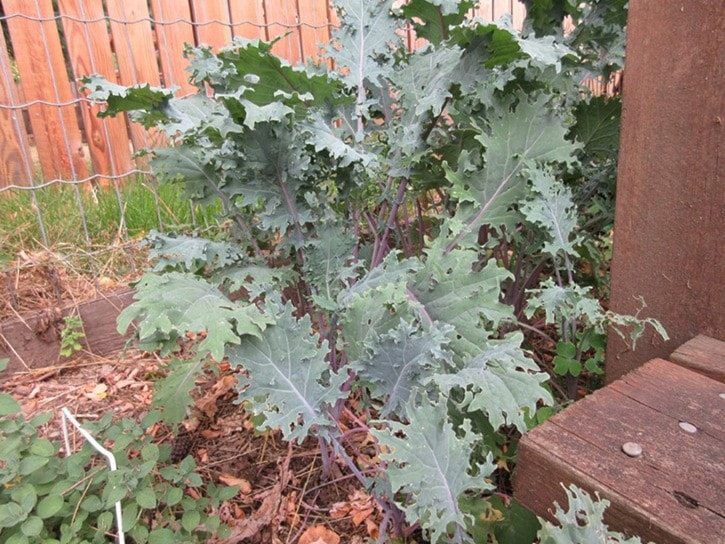David believes that the British Empire was conquered by the Scots while they were looking for a decent meal. Faced with a future of oatmeal, blood pudding and haggis, he insists, any rational highlander would be willing to search the globe for an alternative. Not being Scotch, David fails to appreciate our innate ability to endure sensory deprivation.
Just consider the bagpipes.
But I digress. Native Scotch cuisine has plenty to offer. What’s a cold winter’s evening without a steaming bowl of Scotch broth or Christmas without shortbread? More than anything, it was kale that sustained us, so much so that poet Andrew Shirref, a contemporary of Robert Burns and author of the classic “A Cogie o’ Yill and a Pickle Oatmeal,” was inspired to write:
“When I see our Scots lads wi’ their kilts and cockadesThat sae often hae beaten our foes, man,I think to myself on the meal and the aleAnd the fruits o’ our Scottish kail brose, man.”
For the unlettered Sassenach, “Yill” is ale and “Brose” is a broth made by adding hot water to uncooked oatmeal and not boiled, as raw oats were considered healthier.
Kale reduces the risk of cancer, helps the body detoxify, acts as an anti-oxidant and anti-inflammatory and cooked kale lowers cholesterol.
As a cancer inhibitor, for example, kale is rich in glucosinolates which the body converts into cancer-preventive compounds.
Colon, breast, bladder and prostate cancers have all been found to decrease in relation to routine intake of kale. The Scotch probably did not know this.
What they did know was that the ones who lived to reproduce ate kale, so they devised many tasty ways to prepare it.
David asks, “Tasty compared to what?”
Obviously, compared to blood pudding and haggis! A body has to work with what they have.
Kale is as hardy as the Scotch themselves. I let some go to seed last year and have found it growing everywhere, including a vibrant stand in hard scrabble dirt that I’ve never amended nor watered.
Anything that can grow in such barren soil must be pretty powerful stuff. My kale has never had club root and usually survives our winters, producing tasty sprouts the following spring.
Kale can be sown now for late fall and winter use. Sow in flats or directly in the garden about an inch deep so they won’t dry out.
Don’t fertilize or manure before you sow or the plants will grow too fast and won’t be as hardy. Sow three or four seeds every 18 inches and gradually thin to one per centre.
Next spring it can be dug up and replanted in a spot that doesn’t get watered and left to go to seed in June.
Kale seed has bred true for me for several years but I still buy a new packet now and then just to try a new variety.
Kale can be stored in the fridge for several days in a plastic bag with the air squeezed out of it, but since its growing period spans most of the year, we can eat it fresh most of the time.
Here’s a delicious recipe for Kailkenny that my mom called “Bubble and Squeak”: mash equal quantities of chopped cooked kale and potatoes. Season with salt and pepper and fry in bacon fat.
David says that recipes like that simply prove his original thesis, but what can you expect from a Lowlander who insists we are “Scots”? Both my mother and John Kenneth Galbraith referred to us as “Scotch,” and who are we to argue with them?
Please contact mary_lowther@yahoo.ca for references in this article and questions and suggestions as I need all the help I can get.
